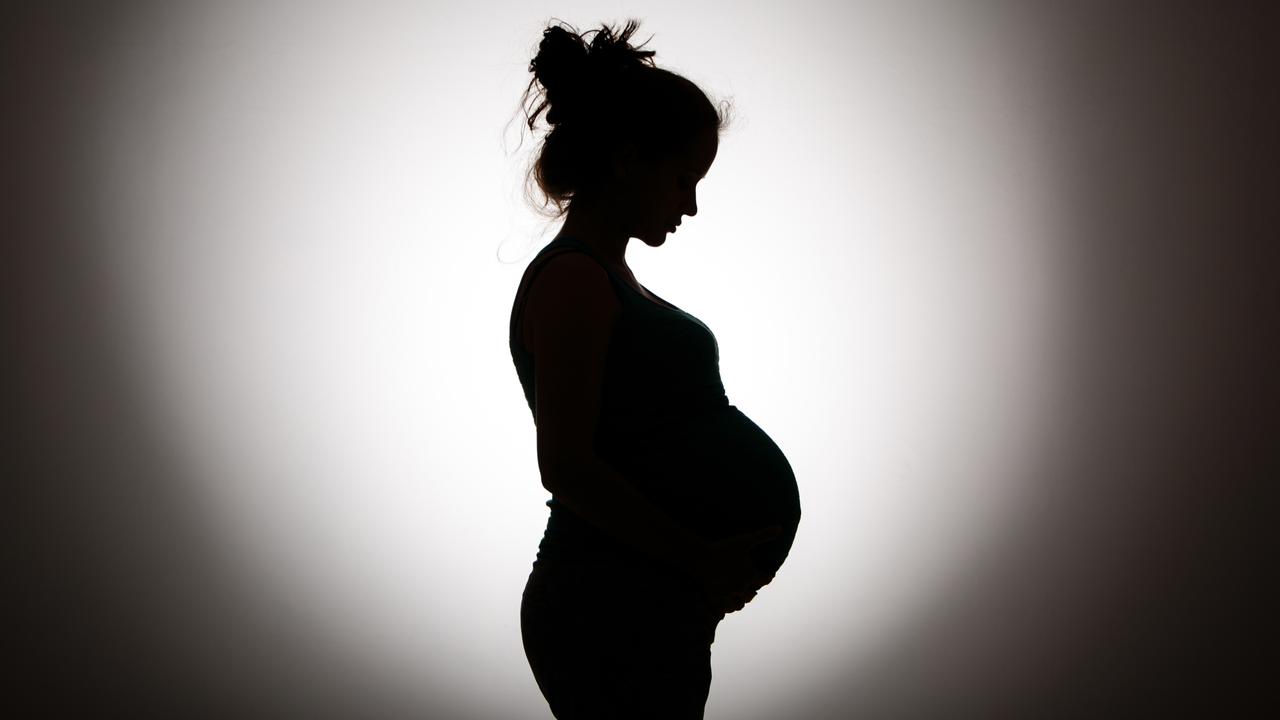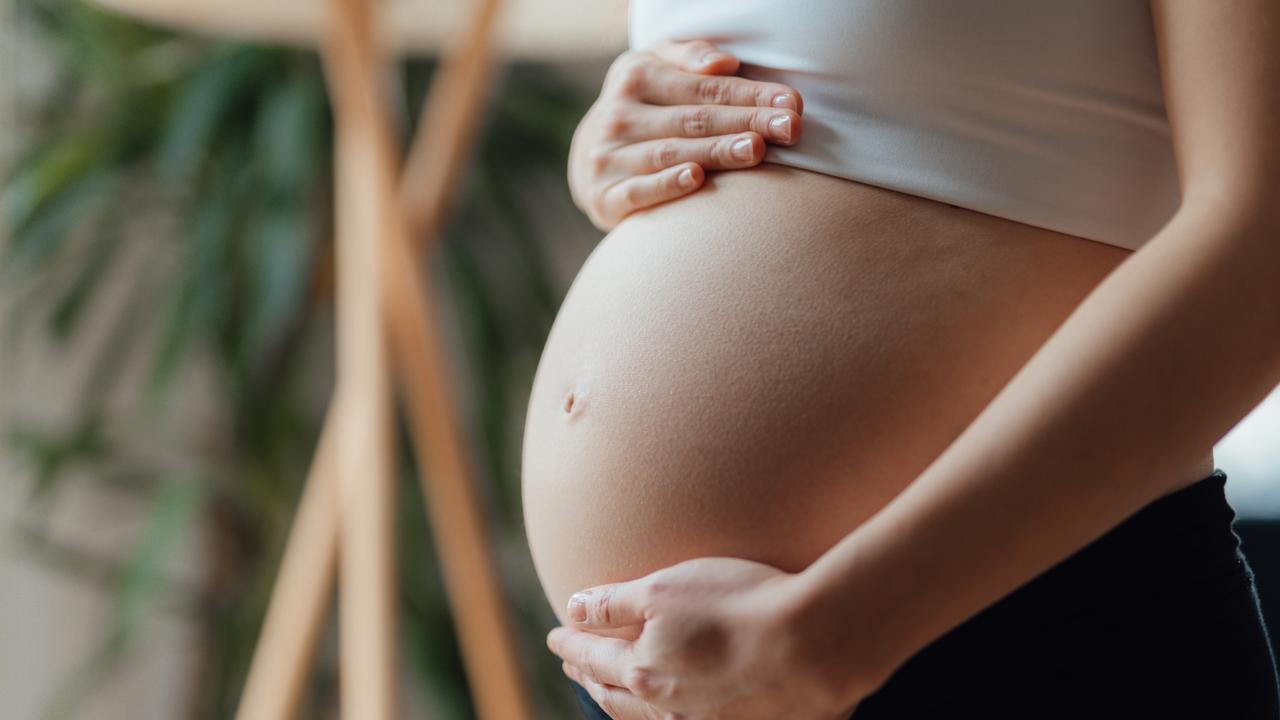Postcodes determine outcomes for mums and bubs, La Trobe University study finds
An expectant mum’s postcode will influence whether she is more likely to be admitted to intensive care or suffer a stillbirth, a landmark La Trobe University study has found.

Where you live determines birth outcomes, a landmark study of 1.2 million Victorian mothers and their newborns has found.
Published in the British Journal of Gynaecology and Obstetrics, the study by a team from Victoria’s La Trobe University found postcodes influenced whether a mother was more likely to be admitted to intensive care, or suffer a stillbirth or neonatal death.
It also found disadvantaged or vulnerable Victorian women were less likely to have a caesarean section and more likely to deliver babies born early, or with low birthweight needing specialist care.
The research highlighted single mothers and those aged under 20 years as being particularly vulnerable to poor neonatal outcomes, such as stillbirth or neonatal death.
Lead researcher PhD student Fiona Faulks from La Trobe University said women from disadvantaged and rural areas in Victoria were disproportionably more likely to experience negative birth outcomes.

She found that disadvantage was more complex than just poverty alone as an indicator.
Ms Faulks said it can also be the impact of social, education, emotional and psychological experience.
Her study looked at all Victorian births over 18 years from 1999 using population-based data. Ms Faulks said further data from the Australian Institute of Health and Welfare also showed this alarming inequity in outcomes for disadvantaged pregnant women was a nationwide issue.
“The research shines a light on the inequities that continue to exist for disadvantaged or vulnerable women, and that not much has changed in decades,” she said.
“We have a universal health system in Australia through Medicare and it is assumed all women have access to the same level of care, but that’s not the case.”
Ms Faulks said what is most concerning is the continuing gap between the most and least disadvantaged women in terms of birth outcomes.

She said there was also a continuing decline in rural maternity care across the nation for mothers and babies and called on policy, program and resource decisions to be made through an equity lens.
“For example, women living in the city can access public antenatal care clinics, but in rural areas those clinics don’t exist so the mothers need to receive care through their GP and these visits often come with a gap payment,” Ms Faulks said.
“This means if women can’t afford it, don’t have transport to the nearest birthing hospital or to a GP in their area, they may not be able to access care until delivery and the subsequent outcomes can be significant.”
Ms Faulks says this is the first study to investigate outcomes for both mothers and babies in Victoria.
“We know from 18 years of data that where a woman lives can have a major impact on whether she and her baby experience poor birth outcomes or not,” she said.

The researchers also used an Australian Bureau of Statistics tool called the Index of Relative Socio-economic Disadvantage to compare postcodes.
She said what the data showed was that women living in low socio-economic areas were at higher risk of poor birth outcomes.
“When a woman has access to maternity care in their own community, and continuity of care with a trusted midwife, she is much more likely to access care, maintain contact with care providers and disclose any sensitive information that could affect her health or that of her baby,” Ms Faulks said.
“We need to find ways to better support women experiencing disadvantage, because the cost of not doing so is far too high.”
At a glance
Women from the most disadvantaged postcodes were:
• 24% more likely to experience a post-partum haemorrhage
• 50% more likely to experience a stillbirth or neonatal death
• 77% more likely to be admitted to the ICU when compared to women living in the least disadvantaged areas
More Coverage
Originally published as Postcodes determine outcomes for mums and bubs, La Trobe University study finds









